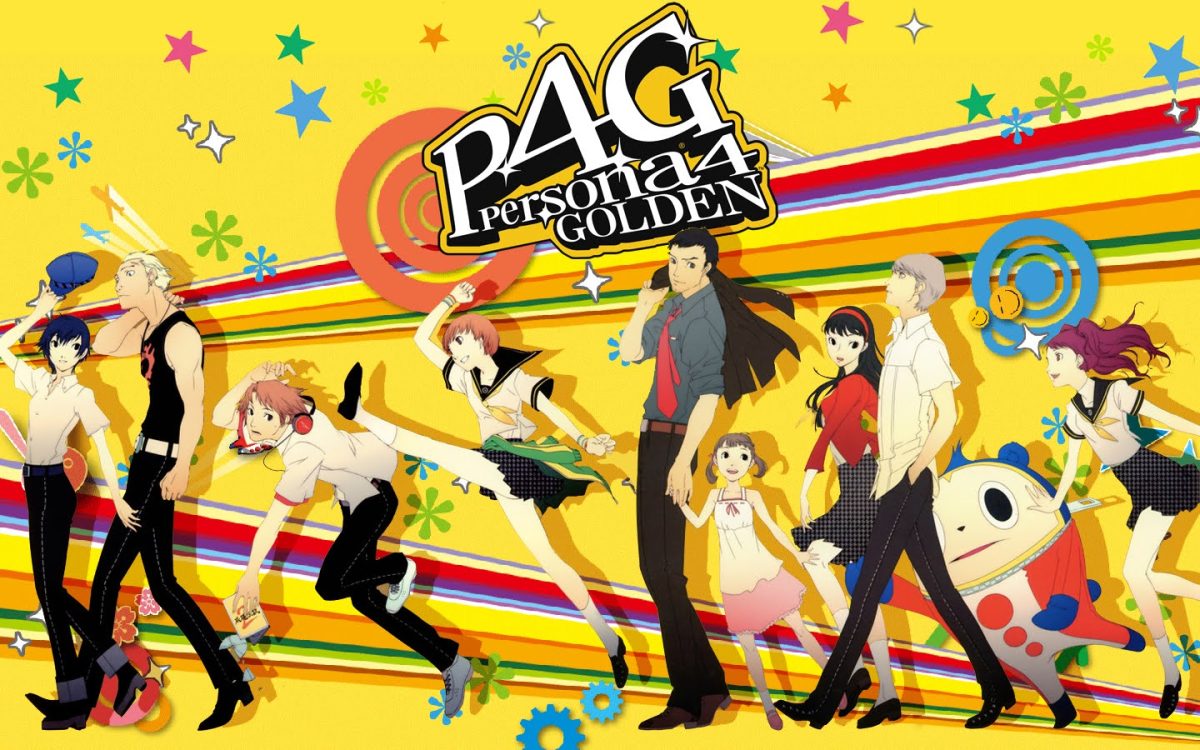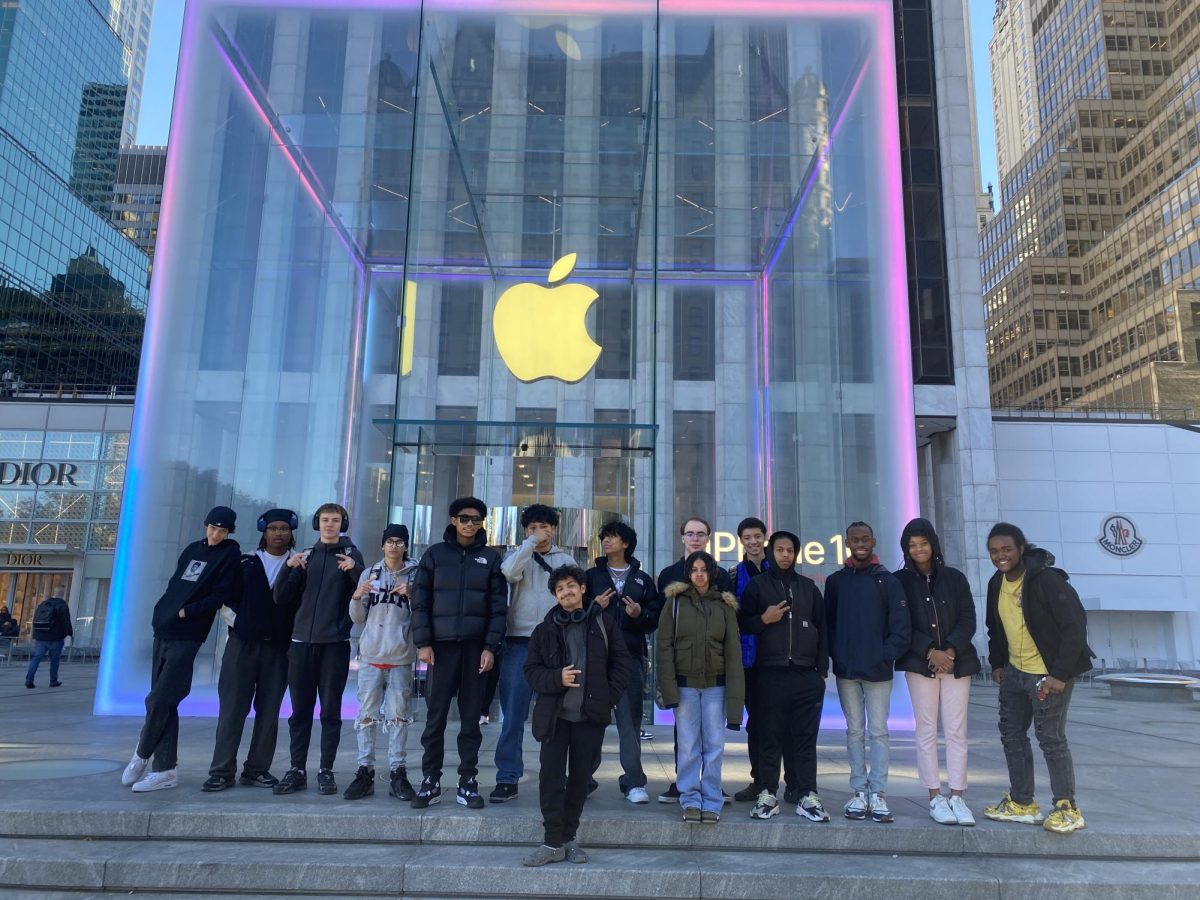Introduction
Persona is a spinoff of the popular JRPG series Shin Megami Tensei, but it reimagines the concept in a high school setting. Over time, it’s become even more successful than its predecessor, carving out its own identity as a major franchise. In this review, I’ll be diving into what many consider the best game in the series—Persona 4 Golden. Originally released on the PS2 as Persona 4, it was later updated and ported to other systems as Persona 4 Golden. The game blends high school drama with dungeon crawling, all wrapped up in a story full of twists and surprises.
Story
Persona 4 has a shocking beginning, the murder of Mayumi Yamano. The TV announcer is found dead, hanging from an antenna in Inaba. It’s a small town, so one would think they’d figure out who did it, but no one has a clue. Yu Narukami, the main character, moves to Inaba to stay with his uncle and little cousin because his parents are working abroad. He meets Chie, Yosuke, and Yukiko, and they all start hanging out. At school, Yu hears this weird rumor about the “Midnight Channel.” If one watches a turned-off TV on a rainy night, they’d see their soulmate. It’s one of those silly things that would be heard in a small town, but Yu decides to try it out. When he does, he sees something—a blurry figure on the screen. Later, he realizes it was Mayumi Yamano, the murder victim. He tells Chie and Yosuke, and they all go to June to talk about it. While they’re there, Yu messes around with one of the big TVs in the electronics section, and his hand goes through the screen. Everyone’s shocked, but before they can even process it, they end up falling into the TV. That’s when they discover this whole other world inside. The TV world is wild—it’s connected to the Midnight Channel and the murders. They figure out that if someone shows up on the Midnight Channel, it means they’ve been kidnapped and thrown into this other world. If no one rescues them, they’ll die. Each person trapped in the TV ends up in a dungeon that’s based on their hidden feelings—the stuff they don’t want to admit about themselves. While exploring the TV world, Yu unlocks his Persona, which gives him the power to fight the shadows in the dungeons. That’s when the real mystery-solving begins.
Gameplay
The gameplay also includes a robust time management system, where you must balance your daily life as a high school student with the urgent need to explore the mysterious TV world and rescue those who have been captured. Every decision matters—whether you spend time studying to boost your Knowledge stat, hanging out with friends to deepen your bonds, or diving into dungeons to defeat Shadows. This balance creates a sense of urgency and makes each day in the game feel meaningful. Exploration in the TV world is another highlight. Each dungeon is procedurally generated, offering a new layout every time you enter. These dungeons are packed with treasures, Shadows, and mini-bosses, keeping the experience fresh and exciting. The combat itself shines with its strategic depth. Exploiting enemy weaknesses allows for “One More” attacks and team-based All-Out Attacks, making battles both rewarding and visually dynamic. Beyond the combat and dungeon crawling, the game shines in its life simulation elements. Joining clubs, working part-time jobs, or even spending a quiet evening reading a book all contribute to developing the protagonist’s stats and relationships. These moments add a personal touch to the experience, making it easy to connect with the characters and feel invested in the story. What makes Persona 4 Golden stand out is its ability to blend these elements so smoothly. The combination of a heartfelt story, strategic combat, and meaningful life simulation creates an experience that is both immersive and unforgettable.
Presentation
Persona 4’s presentation shines brightly, especially for a game set in a small town. From its iconic art style to its instantly recognizable music and immersive environments, the game stands out in every way. The soundtrack, composed by Shihoko Hirata, is nothing short of legendary, featuring some of the most memorable tracks in video game history, such as Heartbeat Heartbreak, Signs of Love, Heaven, and Never More. These songs stick with you long after the game ends. The character designs by Shigenori Soejima are equally impressive, with each character having a distinct, fresh look that reflects their personality. The vibrant, stylized art brings the world of Inaba to life, and the contrast between the everyday settings and the surreal, dangerous TV world is striking. The environments, though rooted in a small town, feel expansive and varied, with each area contributing to the overall atmosphere and narrative. Together, the art, music, and world-building in Persona 4 Golden create a rich, memorable experience that elevates the game, making it a true standout in the JRPG genre.
Verdict
Persona 4 Golden is a standout JRPG that blends compelling storytelling, deep gameplay mechanics, and unforgettable presentation into an experience that’s hard to put down. The game’s ability to balance high school life with dungeon crawling, character development, and emotional depth makes it one of the best in the genre. The memorable soundtrack, unique art style, and outstanding voice acting further enrich the experience, making it feel personal and immersive. The mix of life simulation and turn-based combat creates a unique dynamic that keeps you invested in both the narrative and gameplay. The cast of characters is as lovable as they are relatable, and the mystery surrounding Inaba and its dark secrets will keep you hooked from beginning to end. Whether you’re a longtime Persona fan or new to the series, Persona 4 Golden is a must-play title that offers both depth and heart. Its emotional story, engaging mechanics, and memorable moments make it one of the best JRPGs of all time.











